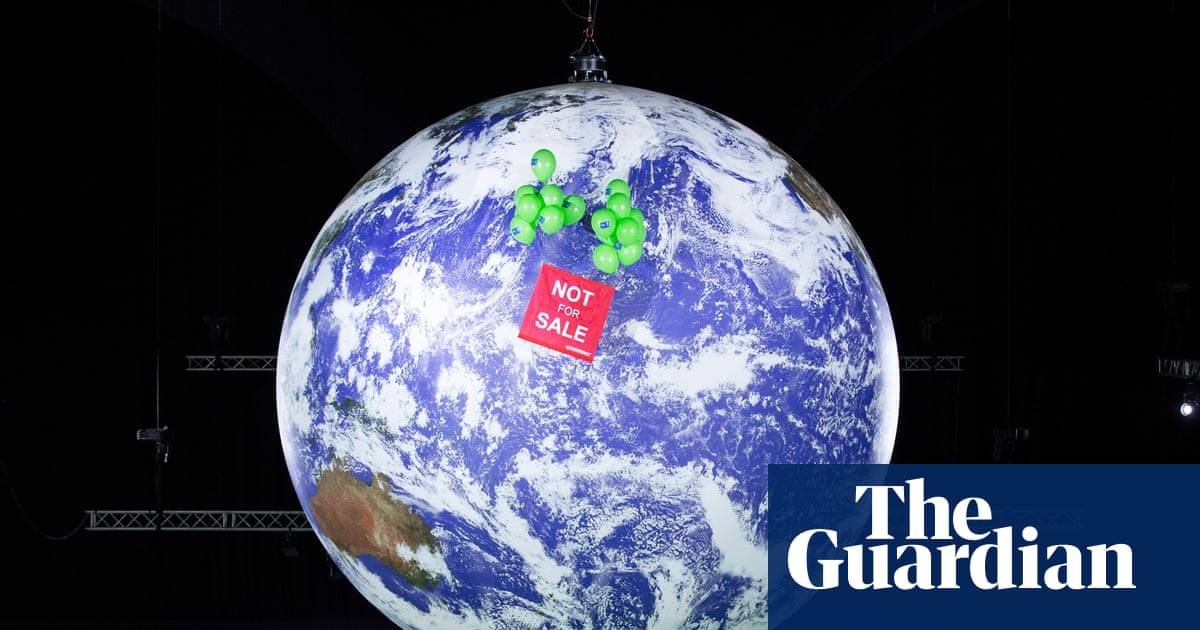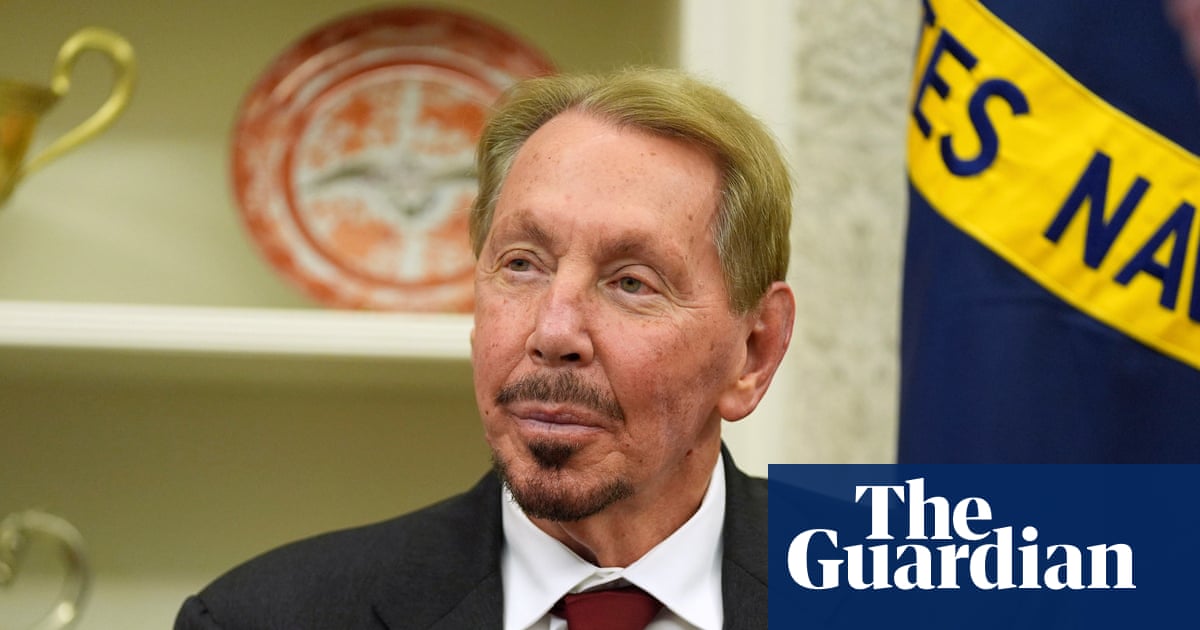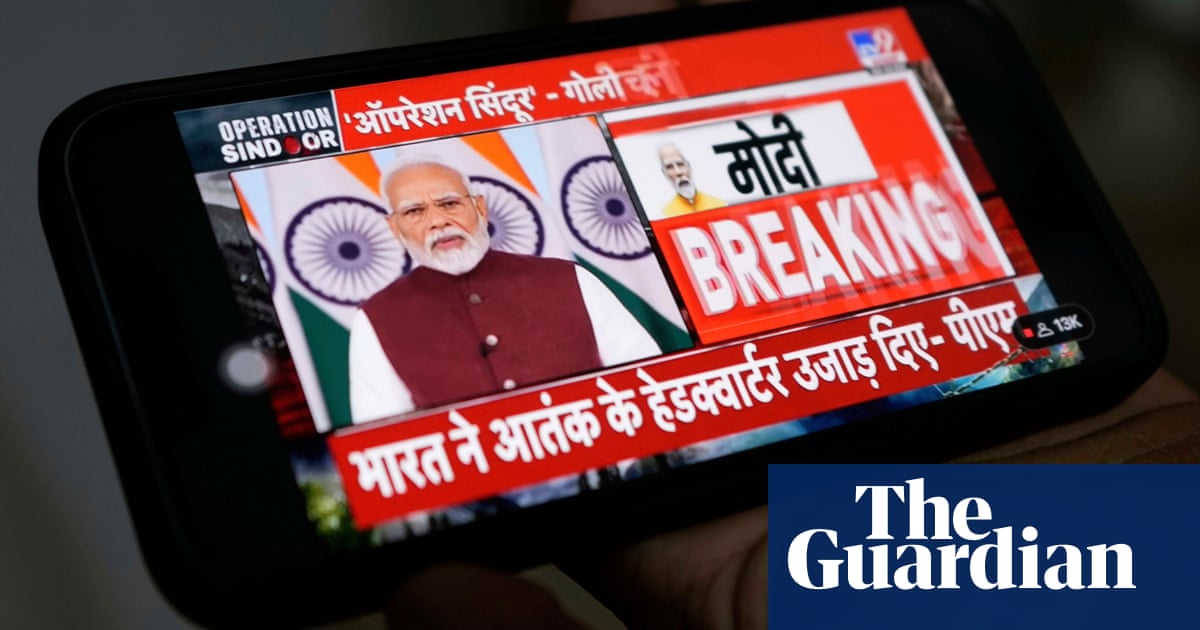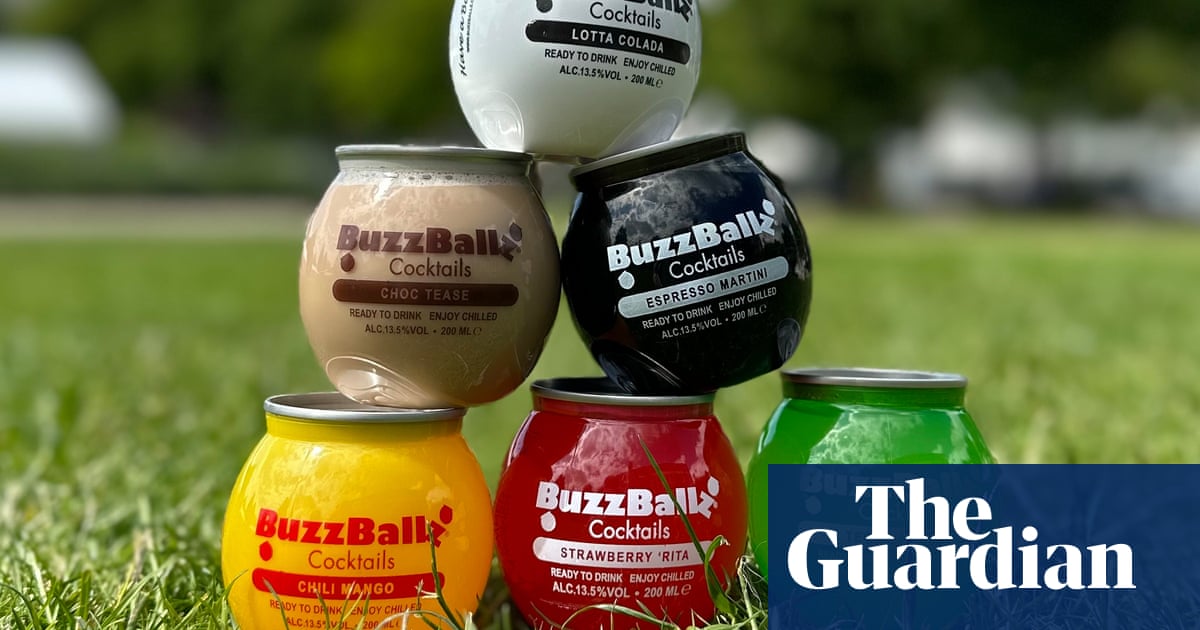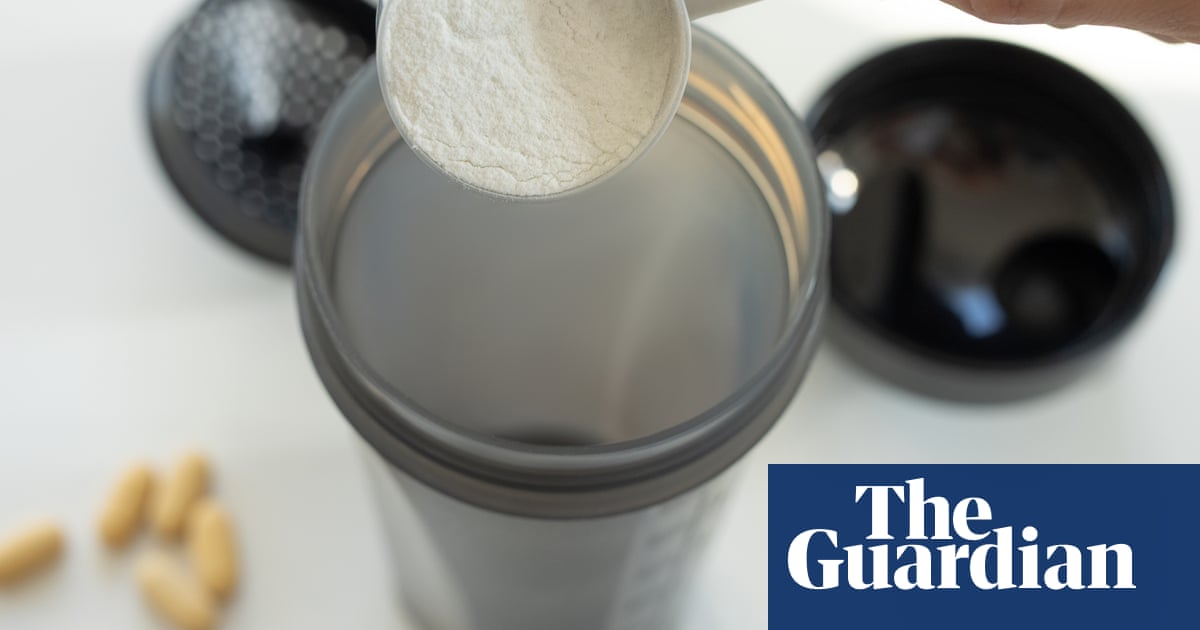Our food system is killing us. Designed in a different century for a different purpose – to mass produce cheap calories to prevent famine – it is now a source of jeopardy, destroying more than it creates. A quarter of all adult deaths globally – more than 12 million every year – are due to poor diets.
Malnutrition in all its forms – undernutrition, micronutrient deficiencies, overweight and obesity – is by far the biggest cause of ill-health, affecting one in three people on the planet. Ultra-processed foods are implicated in as many as one in seven premature deaths in some countries.
Every country is affected by malnutrition but it is the poorest, most marginalised people who are most likely to become malnourished, get sick and die too soon. Our food system is also sickening our planet – generating a third of all greenhouse gas emissions and driving a raft of environmental harms.
As economies grow, countries move from rural, low-productivity agricultural systems – focused on staples – to more diversified systems, including legumes and nutrient-rich foods, and on to commercialised systems, inundated with ultra-processed foods.
The global north started to move through this dietary transition in the middle of the last century – about three generations ago. Many countries in Latin America and Asia have made the same journey in just one generation and Africa is now becoming more obese as it switches to ultra-processed foods.
The global food system has been captured by a few rapacious transnational companies that profit from public ill-health while using an array of tactics to stop governments getting in their way. When viewed through the prism of power, this is more like a heist than a dietary transition.
We need to transform the system into one in which the health of people and planet is prioritised above the relentless drive for profit. It is too late for incremental change and yet more tweaking at the margins – we need a radical overhaul.
Everyone has a role in turning things around but we need governments to lead, to set the rules and to govern.
First, governments must have budgets to procure healthy foods (and limit ultra-processed foods) for schools, government agencies, hospitals and clinics. In Kenya, Food4Education has delivered more than 21m nutritious hot meals to schoolchildren. Tens of thousands of young children are fed well every day, keeping them in school and able to learn. The Kenyan government is working with the charity to scale its operations up to cover all schools by the end of the decade.
In Brazil, the government funds healthy meals for millions of pupils in public schools, a third of which have to be bought from local farmers who practise organic, low-carbon farming.
Momentum is building. School-meal plans now operate in nearly every country, reaching more than 400 million children at a cost of about $48bn a year, and 108 countries have come together in a global School Meals Coalition.
Second, governments have the power to regulate advertising, labelling and marketing of unhealthy ultra-processed foods.
For Guido Girardi, a senator in Chile, it was simple: children’s right to food and health was being violated by the predatory marketing of ultra-processed foods. From 2006 to 2022, Girardi struggled against the food industry and fellow politicians to bring in regulation. But Chile now leads the world in terms of a comprehensive package of measures that include front-of-pack labels, restrictions on media marketing to children, 18% taxes on sugary drinks and a ban on the sale and marketing of junk food in schools.
A 2018 New York Times headline proclaimed the slaying of Tony the Tiger as cartoon characters were taken off cereal packs in Chile. Within a year, driven by these new laws, children’s exposure to ads had dropped by 73%. Within three years, consumption of calories, salt and sugar from regulated products across the country had fallen by a third. Front-of-pack nutrition labels are now on products in Peru, Israel, Mexico, Uruguay, Argentina, Brazil and Colombia, with others in the pipeline in Africa and Asia.
The third action required concerns taxes and subsidies. Governments can disincentivise buying unhealthy foods (through taxing harmful products) while earmarking tax dividends to incentivise healthier food purchases, such as subsidies for low-income families.
In Mexico, the idea of introducing a tax on sugary drinks had been debated for several years in the 2010s, after the public health catastrophe of the presidency of Vicente Fox, a former chief executive of Coca-Cola in Latin America. In a classic case of the revolving door between public office and the private sector, Fox had brought in his Coca-Cola pals to run key departments in 2000. Coca-Cola’s sales went into overdrive after bottling concessions were tripled and water was sucked out of aquifers.
By 2006, one in six adults in Mexico had diabetes, with 40,000 deaths a year attributed to over-consumption of soft drinks. Despite strong pushback from the drinks industry, in 2014 a new government launched the world’s first tax on sugary drinks. Two years later, sales of these drinks were down 12%, while water sales went up by a similar percentage. The biggest benefit was seen in the poorest households.
Taxes work. More than 120 countries covering more than half the world’s population have started implementing them. It is a huge global success story that is now being extended beyond sugary drinks. Colombia was the first country in Latin America to introduce a tax on ultra-processed products, in November 2023. These interventions work, and when they are joined up in a comprehensive national policy, supported by multiple government departments, they can be transformative.
Our global food system is not nourishing us. The good news is we now know why, and we know enough to turn things around. We need to harness the growing body of evidence and experience from around the world to propel us forward into a better food future – one with people and planet at its heart.

 3 months ago
56
3 months ago
56







